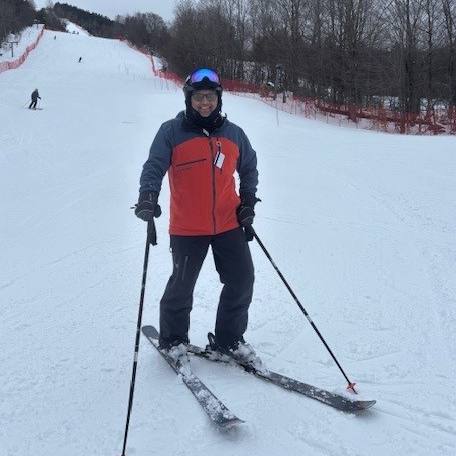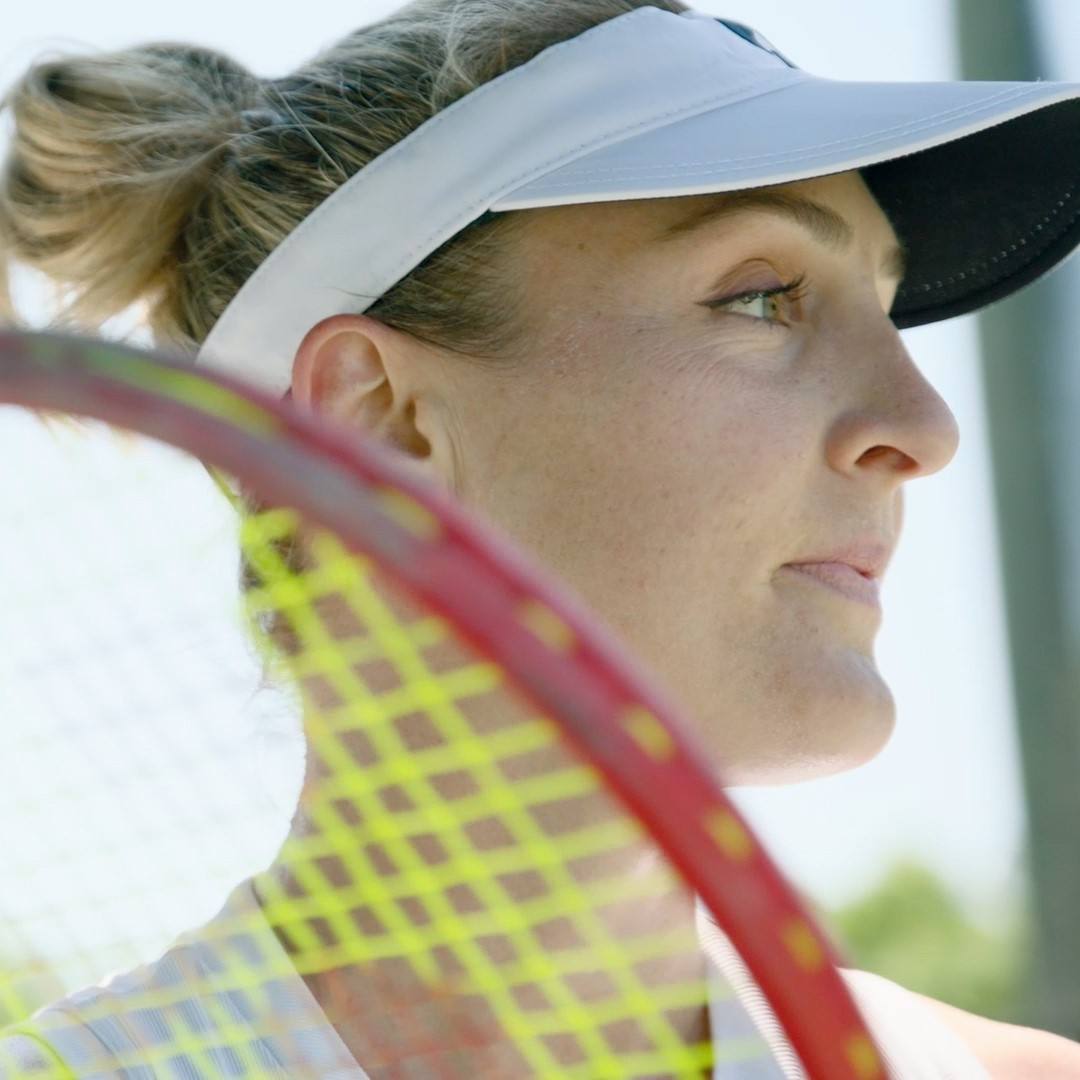
"At 45, I was too young to plan my own funeral," says Jasper Johnikin, an apartment complex maintenance supervisor from Milwaukee, Wis. But that's exactly what Jasper was contemplating one holiday weekend several years ago.
"I'll never forget it," he says. "My doctor called me on Memorial Day and told me I had renal cancer and there was no possible treatment."
This is devastating news for anyone; especially Jasper... who had (and still has) only one kidney. Both of his parents are deceased and he has been unable to obtain records from the children's hospital that removed his other kidney when he was just five. "I was too young to remember the events leading up to that surgery – or much about the hospital stay," says Jasper.
But as Jasper – an active father and youth football coach for a U.S. "playground elite" team – pored over his situation, he did remember something from his childhood. "I had an uncle with a rare disease. I can't remember exactly what was wrong with him, but I clearly remember he went to Mayo Clinic and came back in good shape," he recalls.
So Jasper made a phone call... a decision that changed his life.
Recognizing trouble
Jasper was always active. His job is physically demanding and, in addition, he coached basketball and football. He had raised two children.
Mysteriously, Jasper lost 15 inches from his waist in a relatively short time – without dieting. This was a red flag, but it blew by Jasper, who was busy getting ready for a football tournament in Virginia Beach, Fla., with the Amateur Athletics Union.
Jasper was 1,000 miles away from home coaching the tournament when he became violently ill. "I was miserable as I vomited, became dehydrated and passed out," he remembers. The pain in his stomach grew worse each day.
"I saw a doctor as soon as I returned from the tournament," he recalls. "Looking back, I knew that I wouldn't have lost that much weight without trying unless something was wrong." That physician visit and subsequent follow-ups with specialists and extensive testing over several weeks led doctors to a renal cell cancer diagnosis.
Making a "road trip"
"I just couldn't give up on myself," recalls Jasper. "I figured there was no harm in making a simple phone call to Mayo Clinic."
He remembers that day, recalling how a doctor named Michael Blute "appeared out of nowhere." What Jasper means is that Michael Blute, M.D., a urologist at Mayo Clinic, returned his call that same day, probing his situation.
"Dr. Blute's staff asked me some questions and wondered when I could be there," says Jasper. Needless to say, he accepted the first available appointment and was in the car driving to Rochester the next day with his fiancé and his brother.
Jasper vividly recalls the trip to Rochester as being depressing and full of despair. From a morale standpoint, it was the absolute low in his life. "I just kept thinking that I was going to die, but at least I would die knowing I had done everything I could," he explains.
"When I first saw Dr. Blute, the quality of my life seemed like it was the only thing on his mind," recalls Jasper. He remembers Dr. Blute spending a lot of time with him, listening intently to every word Jasper said, and asking insightful questions. "I was thinking 'Why does he care so much about my life?... It's over'" But Jasper suspected that Dr. Blute was hopeful and had some ideas in the back of his mind that had not been considered in his previous health care visits.
He was right. Jasper's life wasn't over. Through interdisciplinary teamwork, high-tech imaging techniques and a complicated surgery, specialists at Mayo Clinic approached Jasper's condition as a mystery to be solved – a life and kidney to be saved. Both would prove invaluable to Jasper, who would not only live – but live without dialysis or an organ transplant. This outcome would not have been possible without the unique technology and treatment offered by Mayo Clinic's urology team.
In situ partial nephrectomy
"Jasper came to us with a unique and complicated medical situation," explains Dr. Blute. "The tumor in his only kidney was about the size of a softball and there were other complications." As a surgeon, it's challenging to prepare for this type of surgery – and prepare patients and their families for outcomes – when you're not certain what is involved until the surgery is actually performed. "Mayo Clinic uses a unique imaging technology that give me answers to some of the most pressing questions before surgery ever begins," says Dr. Blute. This allows Dr. Blute to make decisions outside of the operating room, consult with other experts and be prepared for possible complications during the procedure.
Mayo's expertise with computed tomography (CT) was critical. Using a highly sophisticated CT scanning technique, radiologists were able to provide life-like images of the area involved. It's called multiphasic, contrast-enhanced multidetector row helical CT, and the three-dimensional reformatted images showed the tumor had grown into his renal veins and into the inferior vena cava (IVC) below the liver. "The vena cava is the large vein carrying de-oxygenated blood from the lower half of the body into the heart," explains Dr. Blute. "The situation presented a surgical challenge because removing the primary vein to the kidney would cause it to fail."
Fortunately, the imaging also showed accessory renal veins draining from the lower kidney to the IVC. "It's not uncommon for the body to compensate for blockages and create new blood tributaries," explains Dr. Blute.
Mayo's goal was not only for Jasper to live, but to live without dialysis. "We didn't want to remove his kidney, because that means long-term dialysis and possibly a transplant," explains Dr. Blute, who specializes in kidney-saving techniques. "Because we could maintain blood return from the kidney through the 'recollaterized' veins, we were confident we could remove the tumor and affected areas, while maintaining blood flow to the remaining part of the kidney," explains Dr. Blute.
Living dialysis-free
The surgery – called in situ partial nephrectomy – was completely successful. Today, Jasper's remaining partial kidney functions well, allowing him to live without dialysis and keeping him off the transplant list.
"It's been five years now and I've remained cancer-free," says Jasper, who doesn't even require any medications. "I can't do as much as I use to because I get tired out more easily, but I'm alive and doing very well."
"The fact that I was able to perform Jasper's surgery in a virtual manner before I ever began the surgery made an incredible difference," says Dr. Blute. "We've developed expertise in these situations because of our outstanding genourinary imaging specialists." Mayo Clinic's expertise in genourinary imaging is unique, allowing surgeons to successfully operate on patients who cannot be treated at most other health care facilities.
Mayo's experts have published a case report in the Journal of Urology, about Jasper's treatment, which represents the first case of partial nephrectomy and level II caval thrombectomy with a solitary kidney.
Jasper remembers his experience at Mayo by contrasting his feelings driving to Rochester... and how he felt on the return trip after his surgery.
"It was like night and day," he says. "While despair overwhelmed me on the way there, I can't tell you how hopeful and optimistic I felt on the way back. It was like going from worst to first."
"That's the Mayo difference," he says.







